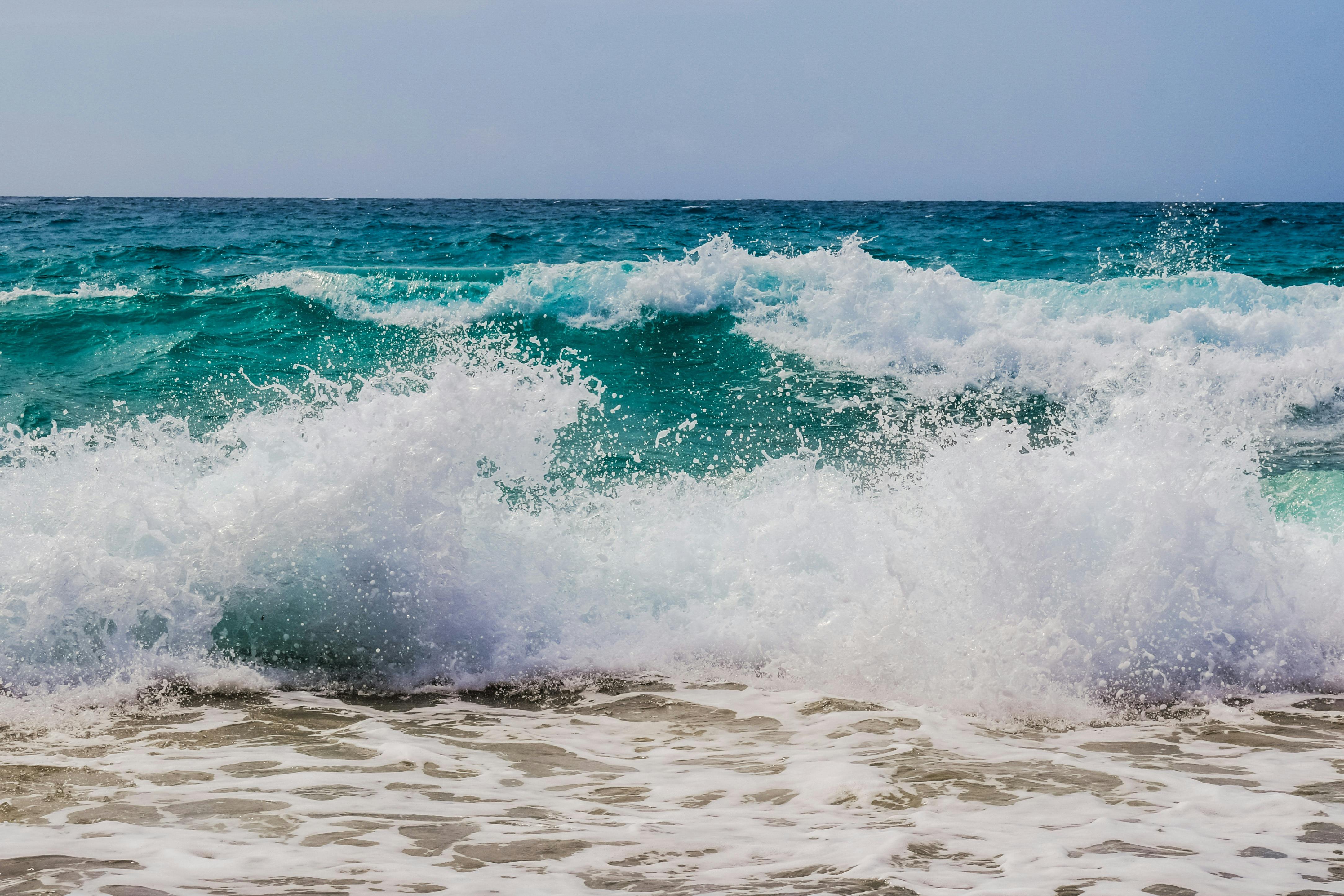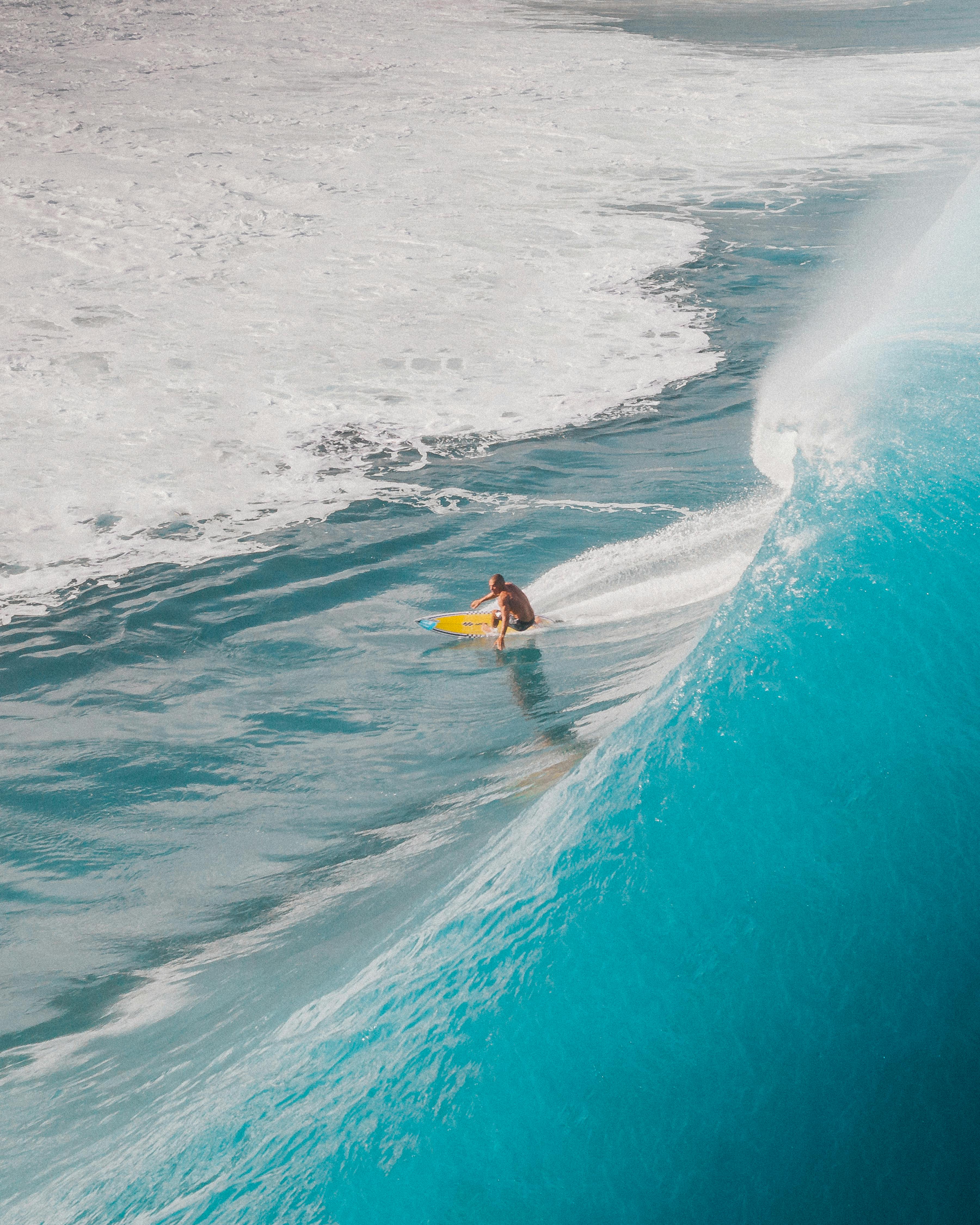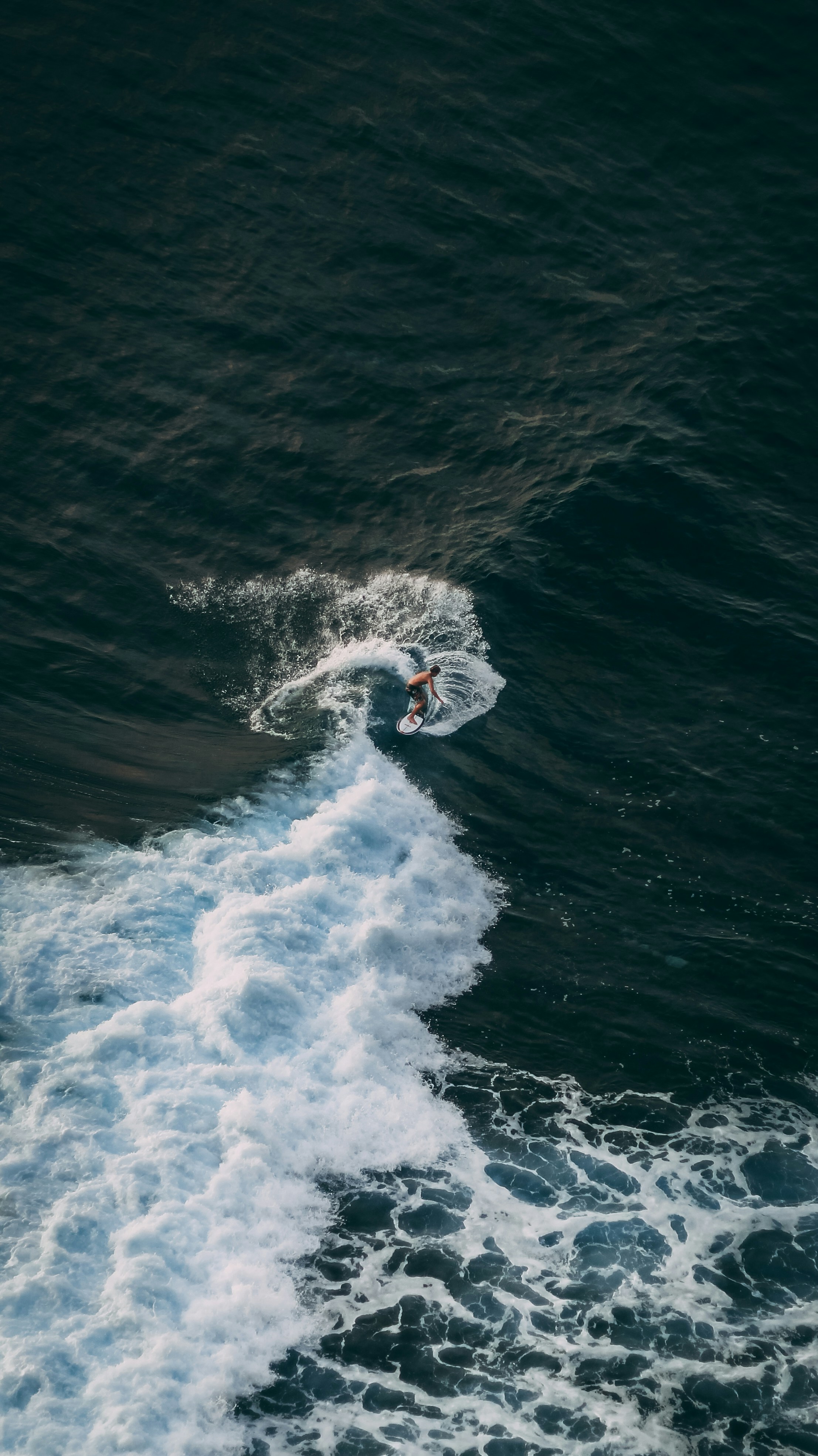You’re Only as Good as You Surf Bad Conditions
It’s easy to love surfing when the waves are perfect.
But if you only paddle out when it’s clean, lined up, and comfortable, you’re missing one of the biggest growth opportunities in surfing.
Here’s why bad conditions might be the best thing for your progression – and how to actually enjoy them.
1. Bad Surf Exposes Weaknesses (Fast)
Messy, weak, or unpredictable waves strip away the comfort factors.
If you can’t catch waves, it’s likely positioning and wave reading.
If you can catch waves but can’t do much on them, it’s probably speed generation, bottom turns, or section awareness.
The frustration is a signal – it’s showing you exactly what to work on.
2. It Forces You to Read the Ocean Better
In bad conditions, there’s no obvious peak every time.
You have to:
- Watch the patterns
- Spot which lumps will stand up
- Position early and with purpose
Over time, this makes you more adaptable – and better prepared for any break.
3. It Builds Adaptability, Not Just Skill
Good conditions can hide bad habits.
You might get away with sloppy turns, lazy paddling, or poor timing without realizing they’re a problem.
Bad waves don’t let that slide – and if you can perform here, you’ll be sharper when it’s pumping.
4. Lower the Bar, Raise the Wins
Don’t paddle out expecting to rip.
Instead, pick one thing to focus on:
- Nailing positioning
- Practicing tight bottom turns
- Linking one more turn than last wave
Any small win is a genuine step forward.
5. It Improves Your Good-Wave Surfing
If you can’t do it in bad surf, you won’t magically do it better in good surf.
Train in the harder setting, and you’ll be ready when the easy setting comes around.
How TRAX Turns Junk Surf Into a Training Ground
TRAX helps you measure:
- Where you’re taking off
- How much speed you’re holding between sections
- Whether you’re adapting your turns to match the wave’s shape
That means even in waist-high onshore slop, you’re collecting data and improving – not just passing time.
Related Reading:
→ Frustrated with your surfing? That’s where progress starts — Why the discomfort zone is where growth lives
→ How to surf small waves properly — Bad conditions often mean weak waves – here’s how to handle them
→ Still surfing from your back foot? — One of the most common habits that bad waves will expose








